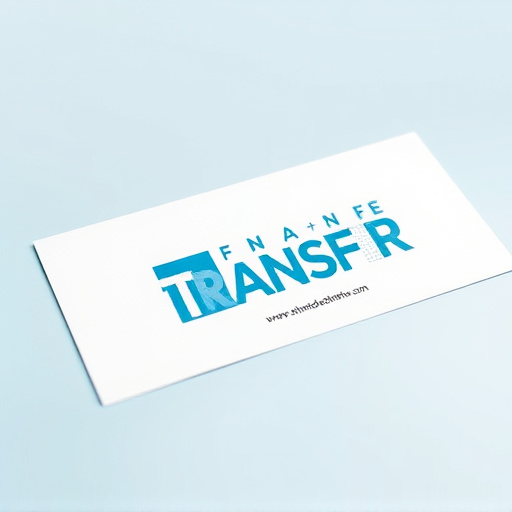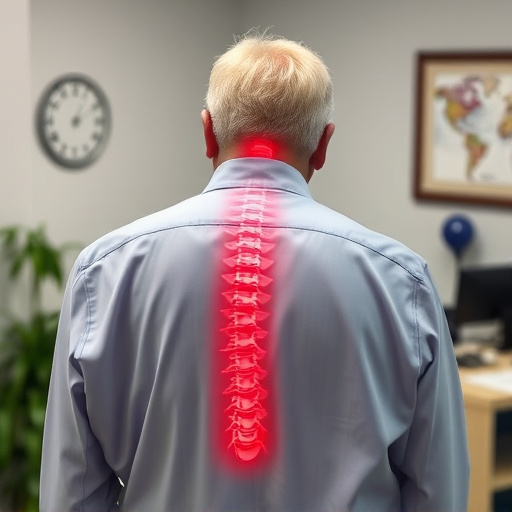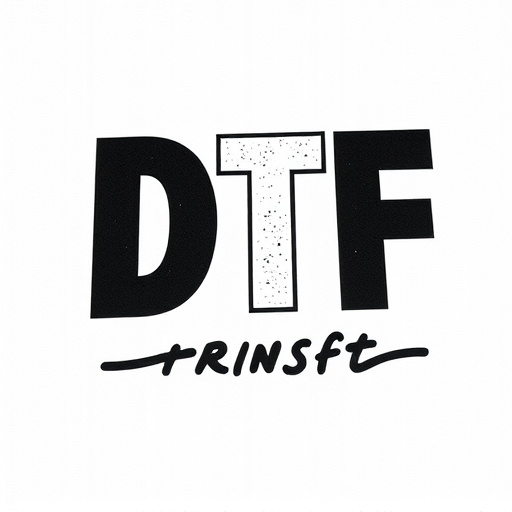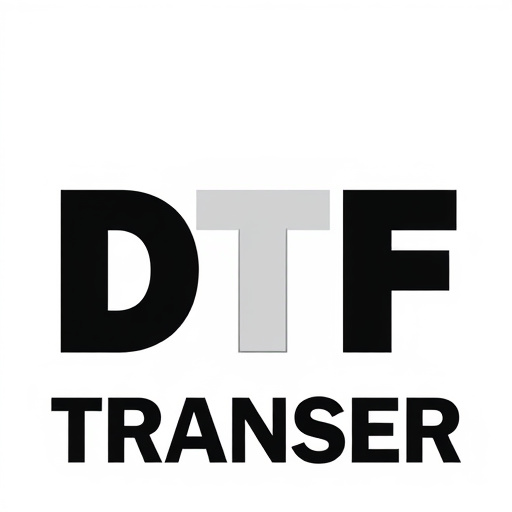Direct-to-Film (DTF) prints represent a cutting-edge approach to film preservation, offering high-fidelity digital copies of cinematic artifacts. To ensure their quality, a combination of visual inspection and scientific analysis is crucial. This involves meticulous quality assessment, controlled testing environments, and the use of specialized equipment to capture image clarity, color accuracy, and audio fidelity. The selection of appropriate test methods aligns with intended use, whether for archival purposes or initial quality control. Best practices emphasize source material preparation, equipment calibration, and robust quality control throughout the process, ultimately ensuring superior DTF print results.
In recent years, Direct-to-Film (DTF) printing has emerged as a game-changer in film preservation and restoration. As more archives transition to digital formats, ensuring the integrity of these transfers is paramount. This article explores the crucial process of trial and test DTF transfers for quality assessment. From understanding the fundamentals of DTF prints to selecting suitable test methods and best practices, this guide provides a comprehensive framework for evaluating and enhancing the accuracy and brilliance of DTF Prints.
- Understanding Direct-to-Film (DTF) Prints: A Brief Overview
- The Need for Quality Assessment in DTF Transfers
- Choosing the Right Test Method for DTF Prints
- Setting Up Your Testing Environment for Optimal Results
- Evaluating and Analyzing DTF Print Quality
- Best Practices for Future DTF Transfers Based on Test Findings
Understanding Direct-to-Film (DTF) Prints: A Brief Overview

Direct-to-Film (DTF) prints represent a cutting-edge approach in film preservation and restoration, offering an innovative method to reproduce and archive cinematic works with exceptional quality. This process involves transferring the original film content directly onto a new medium, typically high-resolution digital files or alternative substrates, without any intermediate scanning steps. DTF Prints are particularly valuable for enhancing visual fidelity, preserving intricate details, and ensuring accurate color representation.
By bypassing traditional scanning methods, DTF techniques enable a more direct and comprehensive capture of the original film’s characteristics. This includes capturing subtle nuances in lighting, texture, and grain structure, resulting in prints that closely resemble the intended artistic vision. Moreover, DTF Prints facilitate efficient replication, making it possible to produce multiple high-quality copies for archival purposes, distribution, or exhibition, ensuring the accessibility and longevity of precious cinematic artifacts.
The Need for Quality Assessment in DTF Transfers

Direct-to-film (DTF) prints have gained popularity for their ability to offer a unique viewing experience, especially in the context of home cinema and archival preservation. However, ensuring the quality of these transfers is paramount to delivering an optimal visual and auditory experience. Quality assessment becomes crucial to verify that DTF Prints accurately represent the original source material, preserving its integrity and aesthetic value.
This process involves meticulous examination of various aspects such as image clarity, color accuracy, contrast ratios, and audio fidelity. By subjecting these transfers to rigorous testing, professionals can identify potential issues like graininess, color casts, or distorted sound, which may occur during the conversion from the original format to the new medium. Thus, thorough quality assessment is essential for maintaining the artistic intent and ensuring DTF Prints meet high-standard expectations.
Choosing the Right Test Method for DTF Prints

When assessing the quality of direct-to-film (DTF) prints, selecting an appropriate test method is pivotal. The choice largely depends on the specific requirements and intended use of the final product. For instance, if evaluating DTF Prints for archival purposes, advanced colorimetric analysis and precision measurement tools are essential to ensure accuracy and consistency over time. These methods allow for a deep examination of color reproduction, contrast, and sharpness.
On the other hand, for applications like quick visual reference or initial quality control, more straightforward observational techniques might suffice. This could involve a combination of visual inspection, lighting adjustments, and simple color comparison tools. The key is to align the test method with the desired outcome, ensuring that the chosen approach effectively captures any potential issues or excellence in the DTF Prints being assessed.
Setting Up Your Testing Environment for Optimal Results

To set up your testing environment for optimal results when assessing direct-to-film (DTF) prints, start by selecting a controlled and quiet space free from direct sunlight or harsh artificial lighting. This ensures consistent lighting conditions across all tests. Invest in high-quality projection equipment capable of accurately reproducing the DTF Prints’ full color spectrum and fine details. Calibrate your display regularly to maintain accurate color representation.
Next, ensure you have a variety of test patterns and images that cover a broad range of visual elements—from fine textures and gradients to bold colors and sharp contrast. This diverse set of tests allows for comprehensive evaluation of the DTF Prints’ quality, including resolution, color accuracy, and overall image integrity. Additionally, prepare measurement tools like color analyzers or specialized software to quantify and compare results accurately.
Evaluating and Analyzing DTF Print Quality
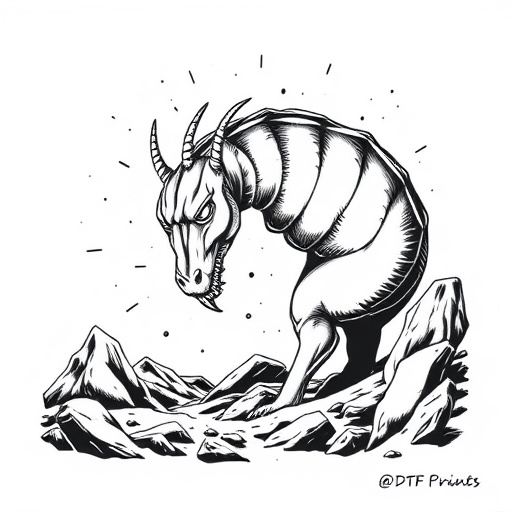
Evaluating the quality of Direct-to-Film (DTF) prints involves a meticulous process that begins with visual inspection and progresses to quantitative analysis. By examining the prints under controlled lighting conditions, experienced technicians can assess factors like color accuracy, contrast, sharpness, and overall image clarity. The human eye plays a crucial role in detecting even subtle imperfections, such as print artifacts, color casts, or resolution issues.
Additionally, advanced analytical tools, including spectrophotometers and high-resolution scanners, are employed to measure specific parameters like Delta E (color difference), resolution, and density. These quantitative data points provide an objective benchmark for comparing different DTF transfer methods and identifying areas for improvement. The combination of visual appraisal and scientific analysis ensures a comprehensive evaluation of DTF print quality, ultimately guiding the selection of the most suitable transfer technology for specific projects.
Best Practices for Future DTF Transfers Based on Test Findings

When it comes to future Direct-to-Film (DTF) transfers, several best practices emerge from our test findings. Firstly, ensuring proper film quality and handling throughout the process is paramount. Using high-quality source materials and following meticulous cleaning and preparation protocols significantly enhances the outcome of DTF prints. Additionally, optimizing exposure settings through precise metering and careful consideration of emulsion characteristics can dramatically improve image fidelity.
Furthermore, testing and calibration of equipment, including projectors and scanners, are crucial. Regular maintenance and alignment ensure consistent and accurate color representation across various displays. Lastly, implementing a thorough quality control process at each stage of the transfer allows for early detection and correction of any issues, ultimately resulting in superior DTF prints.










